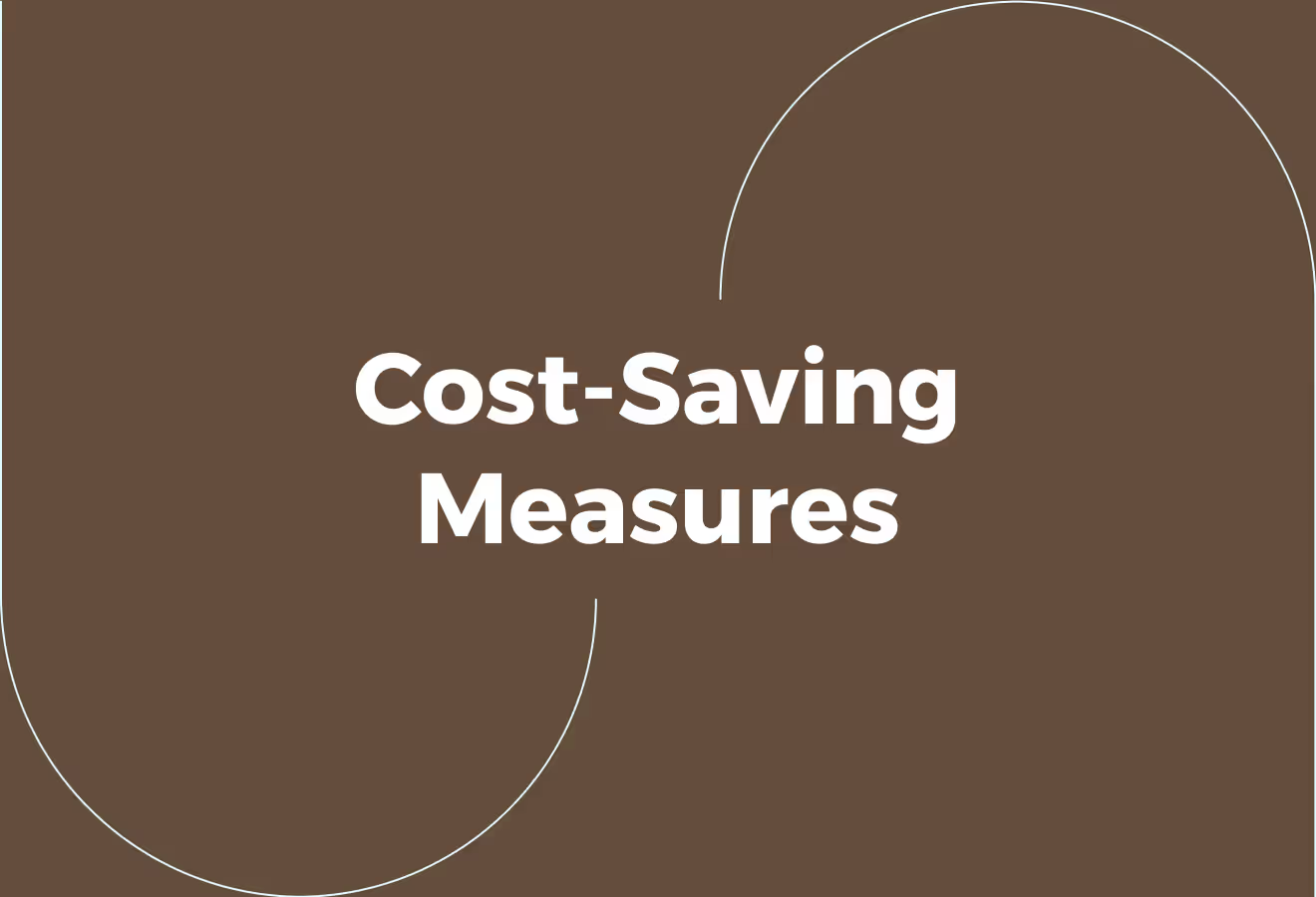Payroll Outsourcing Costs (A Simple Guide For Businesses)
.avif)
Outsourcing payroll can be a smart way to simplify operations, stay compliant, and save time, whether you're working with an Employer of Record or running payroll through your own legal entity, like in the UAE.
Before you move forward with any provider, it’s essential to understand the costs involved. Pricing can vary widely based on the level of service, location, and whether or not you’re using an EOR.
In this guide, we’ll break down what payroll outsourcing typically costs, what’s included, and how to budget effectively.
Cercli isn’t a payroll outsourcing company, but our global HR platform gives you clear visibility into payroll operations and costs so that you can plan and manage with confidence.
Payroll Outsourcing: What Is It and How Can It Help My Organisation?

Outsourcing occurs when a company delegates a specific function or process to a third-party provider. Payroll outsourcing refers to the delegation of a business’s payroll processes to an external provider. Businesses often outsource payroll to reduce administrative overhead, streamline processes, and support compliance with local regulations.
While many businesses utilise payroll services for domestic staff, outsourcing can be particularly beneficial when managing international teams. Global payroll outsourcing involves managing payroll across multiple countries by working with either local payroll providers or a single international partner.
International Payroll Outsourcing: How It Differs from Domestic Payroll
If your business is hiring or planning to hire employees in multiple countries, payroll becomes significantly more complex. For example, you’ll need to consider local labour laws and calculate salaries in a range of currencies.
International payroll outsourcing often involves coordinating with multiple third-party providers, which can present challenges related to compliance, currency management, and effective communication.
Payroll Software vs. Outsourcing: What's the Difference?
Payroll software is a tool that helps you manage payroll yourself. It automates calculations, additions or deductions, and salary payments, though you remain responsible for overseeing the process.
Outsourcing, by contrast, involves transferring the entire payroll process to an external provider. The provider typically handles tasks such as salary calculations, tax filings, and reporting, ensuring compliance with local laws.
Related Reading
- Best Employer of Record Companies
- Employer of Record vs Staffing Agency
- Employer of Record Payrolling
- Challenges of Managing a Global Workforce
- Consequences of Payroll Errors
Factors Influencing Payroll Outsourcing Costs

One of the main factors affecting payroll outsourcing costs is company size. Outsourcing providers typically charge based on the price per payslip or employee per month (PEPM), meaning costs increase with the addition of more staff. Larger organisations may benefit from economies of scale, resulting in a lower cost per employee.
While smaller companies might pay a higher PEPM rate, their overall fee will be lower due to fewer employees. Payroll complexity, such as varied contracts and benefits, also tends to increase with company size, potentially leading to higher outsourcing costs. When selecting a provider, consider both your current workforce and projected future growth.
How Does Payment Frequency Impact Payroll Outsourcing Costs?
Payment frequency also affects the costs of payroll outsourcing. Weekly payrolls, for example, typically incur higher costs due to the increased workload involved. Each pay run requires the provider to perform tax calculations and compliance tasks more frequently, which can result in increased fees.
If your provider charges per pay run, weekly or bi-weekly schedules can lead to significantly higher costs. In contrast, semi-monthly or monthly payrolls usually incur lower fees due to fewer processing cycles.
How Do Additional Services and Features Impact Payroll Outsourcing Costs?
While some services are included in standard contracts, several additional features can influence overall costs:
- Tax filing: Ensures employment taxes are accurately calculated, submitted, and paid on time.
- Direct deposit: Transfers employee wages directly into their bank accounts, removing the need for issuing cheques and streamlining the process.
- HR support: Some providers offer support for queries related to pay, taxes, and employee benefits, helpful for businesses without a dedicated HR function.
- Benefits Administration: Managing employee benefits can be a complex process. Outsourcing this can improve efficiency and ensure compliance.
- Integration with existing systems: Linking payroll with your HR or accounting platforms may come with additional costs.
How Does Geographical Location Impact Payroll Outsourcing Costs?
Geographical location influences payroll outsourcing costs due to differing tax systems and labour regulations. Companies operating across multiple countries or jurisdictions may face higher fees as providers must manage local compliance requirements.
International operations may also involve currency conversion costs and legal complexities. When outsourcing payroll across multiple locations, it’s essential to collaborate with a provider that has experience managing cross-border payroll.
Related Reading
Budgeting Strategies for Payroll Expenses

Estimate Total Payroll Costs
Start by calculating your total expected payroll spend. This includes salaries and wages, statutory contributions, such as:
- Pensions and National Insurance
- Bonuses
- Commissions
- Holiday pay
- Any other employee benefits
Also factor in the size of your workforce and their pay frequency, as these elements can vary throughout the year.
Create a detailed breakdown of all potential payroll-related expenses. This provides a practical baseline for budgeting and helps identify seasonal fluctuations or future expenditures related to growth.
Allocate a Budget for Payroll Outsourcing
If you're outsourcing payroll, set aside a specific budget for the associated service costs. This should include standard processing fees, year-end reporting fees, and any additional support you may need, such as handling statutory filings or addressing employee queries.
It’s sensible to include a contingency buffer in your budget for unexpected adjustments. This helps maintain continuity even when costs shift.
Compare In-House vs Outsourced Payroll Costs
Whether to keep payroll in-house or outsource depends heavily on your internal resources.
In-house payroll often requires:
- Software licences
- System maintenance
- Staff training
- Time to stay on top of regulatory changes
These overheads can add up and aren’t always immediately visible. Outsourcing, by contrast, typically offers more predictable and consistent pricing. For accountancy firms or SMEs, this can reduce administrative burden and minimise compliance risks.
Assessing Hidden Payroll Costs and Long-Term Value
Evaluate both options by reviewing not only the direct costs but also the less obvious ones, such as:
- Time spent on payroll queries
- Software upgrades
- Correcting errors
By taking a methodical approach to payroll budgeting, forecasting costs, setting practical allocations, and comparing delivery models, you can manage payroll efficiently and support broader financial planning.
One in five employees has quit their job due to a poor payroll experience, so getting it right is essential and can save your organisation money.
Adapting HR Systems to Meet MENA-Specific Needs
Cercli supports HR operations in line with the UAE’s commitment to efficient, business-friendly practices. Cercli is designed for MENA businesses, bringing together key workforce management functions in a single platform. Manage your team, whether local or international, with the ability to process payments in more than 150 countries.
Cercli covers multi-currency payroll, leave tracking, onboarding, and compliance documentation, tailored to meet the needs of the MENA market.
Centralised HR for Multi-Country Operations
Cercli reduces the need for multiple disconnected systems by offering a centralised platform that helps businesses stay compliant and manage their workforce more efficiently.
Whether managing a team of 25 or coordinating 500 employees across different countries, Cercli provides local expertise and practical tools to support workforce management across the MENA region.
Learn more about an HR system designed to support businesses across the Middle East. Arrange a demonstration to learn more about Cercli’s global HR system.
Cost-Saving Measures in Payroll Outsourcing

Choose the Right Payroll Outsourcing Plan to Reduce Costs
When outsourcing payroll, choosing the right plan can help reduce costs. Start by evaluating your organisation’s structure and complexity, and identify the specific services you require.
A basic payroll plan may be suitable for smaller teams or those with simple salary structures. Larger teams, or those with variable pay, may benefit from a broader service to manage changes more effectively.
Next, consider how much control you wish to retain. A fully managed service may cost more, but it can reduce administrative workload and limit compliance risks. Assess your needs carefully to choose the most cost-effective plan.
Regular Reviews Help Manage Payroll Costs
Payroll outsourcing always involves costs, but managing these expenses should be an ongoing process. Regularly review your payroll services to assess value and identify areas for improvement. Consider whether specific outsourced tasks could be brought in-house or whether internal functions could be outsourced to improve cost efficiency.
Regular assessments can also ensure you're only paying for the services you actively use. Stay updated on changes in payroll systems and consider tools that can simplify your process or reduce manual work.
Payroll Errors Increase Costs and Affect Morale
Payroll mistakes can lead to costly fines, tax issues, and employee dissatisfaction. Outsourcing to a reliable provider or utilising fit-for-purpose payroll software can help mitigate the risk of errors.
A professional provider ensures timely and accurate processing, staying informed about regulatory changes to help your business remain compliant. Fewer mistakes not only save costs but also improve employee confidence and day-to-day operations.
Book a Demo to Speak with Our Team about Our Global HR System
Cercli is designed for companies in the Middle East to manage their workforce, whether local or operating across more than 150 countries, through a single platform. Manage payroll by local regulations across the UAE, Saudi Arabia, and the wider MENA region. The platform also supports leave tracking, employee onboarding, asset management, and international contractor payments in multiple currencies.
Whether managing 25 employees or expanding to 500 across several markets, Cercli offers a straightforward system that supports compliant HR operations across borders. Book a demonstration to see how Cercli supports MENA companies in managing HR, payroll, and international teams while meeting compliance requirements.
Related Reading










